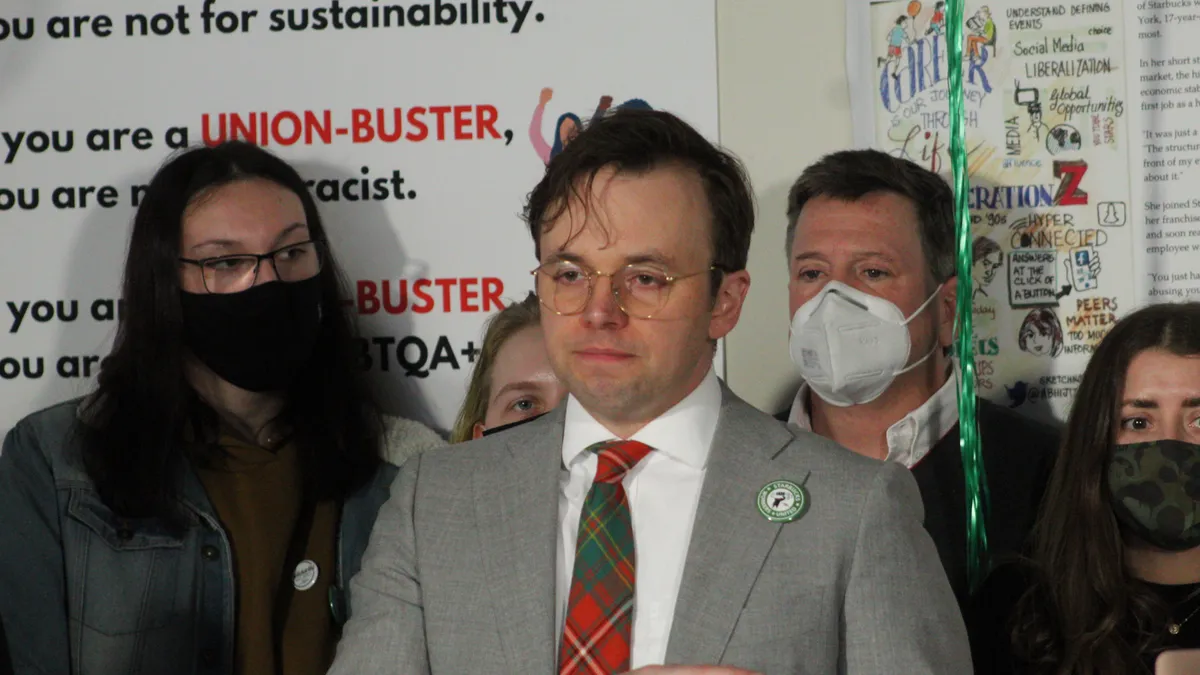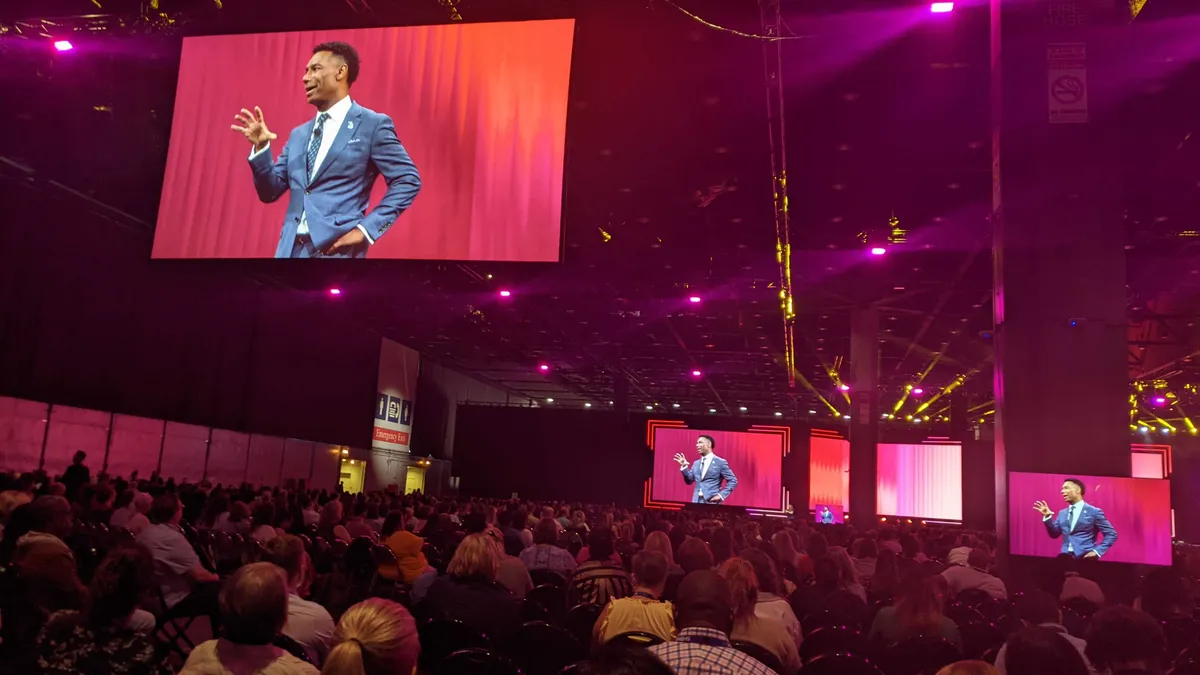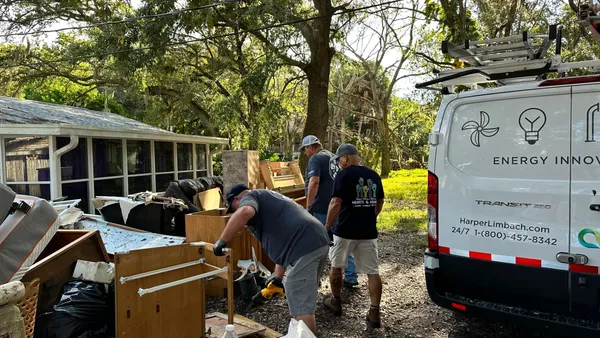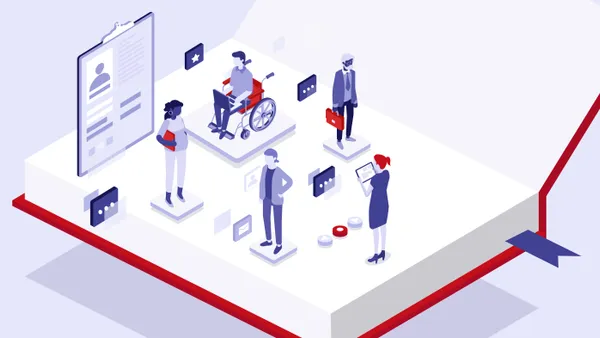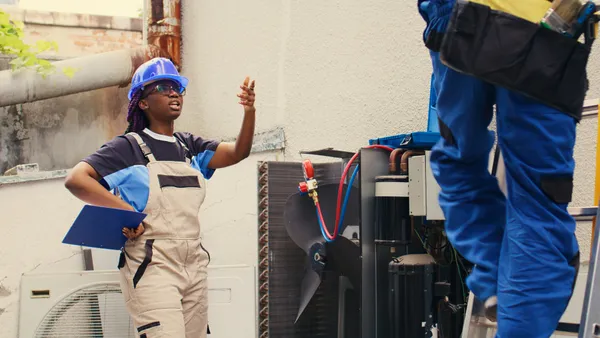Dive Brief:
- After election vote counts at three Starbucks stores pushing for unionization, the results at a store in Cheektowaga, New York, are still unclear. Starbucks Workers United's lawyer Ian Hayes is challenging six ballots, claiming these votes were cast by ineligible voters. Starbucks attorneys challenged one ballot. Because the number of challenged ballots is higher than the union's current lead (15-9), there is no definitive outcome at the unit.
- The union lost one election outright (12-8) at the Camp Road location in Hamburg, New York, but the union's lawyer said several ballots were missing, potentially enough to change the outcome. The union won (19-8) at a store on Elmwood Avenue in Buffalo.
- The election means Starbucks will have to bargain in good faith with Starbucks Workers United in at least one store, but it remains unclear how the union could secure a contract.
Dive Insight:
It may take weeks or months for the National Labor Relations Board to rule on the validity of the seven challenged ballots in Cheektowaga. During that time, Starbucks and the union may begin negotiating over the contract for the Elmwood store. But those negotiations could take months, or even years.
In another QSR union drive at Oregon-based Burgerville, it took 51 bargaining sessions over a span of three and a half years for Industrial Workers of the World and Burgerville to reach a tentative contract in November.
Rossann Williams, the president of Starbucks North America, wrote in a statement Thursday that the election outcomes did not change the company's position.
"We continue on as we did today, yesterday and the day before that. These are preliminary results with no immediate changes to our partner relationship as the NLRB process continues," Williams wrote.
Colin Cochran, an organizing committee member, claims Starbucks sent workers to the Cheektowaga store from a temporarily shuttered store on Niagara Falls Boulevard in Buffalo, then included those workers in the list of voters it submitted to the NLRB.
"It's called cheating," Richard Bensinger, the Workers United organizer working with the Starbucks employees, said while discussing the company's staffing practices.
"They just don't work at our store," Danka Dragic, a shift supervisor at the Cheektowaga Starbucks, said of the six challenged ballots. "Their ballots [are] not valid at our store. So we are confident that once that's all taken care of, we're gonna have victory again."
A Starbucks spokesperson said the workers who cast those challenged ballots worked enough hours at the Cheektowaga store to meet NLRB's standards to count as employees, and therefore eligible voters.
Cochran, a barista at another nearby Starbucks unit, worked at the Cheektowaga Starbucks at the same time as the Niagara Falls Boulevard employees. Cochran, who was a vocal supporter of the union, was not included in the company's voter list, although he said he worked a similar number of hours to the Niagara Falls Boulevard workers who voted.
The NLRB's mail-in vote count follows a strict procedure. The official conducting the count first reads the envelopes signed by workers, allowing representatives of the union and Starbucks a moment to challenge the ballot if either side believes an employee is ineligible. Then, the official unseals the envelopes, revealing unsigned, inner envelopes. These envelopes are then mixed together, in this case in a small recycling bin, to guarantee that they cannot be traced to a single worker. Then the official opens the inner envelopes, removes the ballots and counts them, all in view of the representatives of the employer and the union.
Hayes told Thomas Miller, the NLRB official who conducted the count, that the union believes three votes were missing from the count for the Hamburg, New York, store where the union lost. Two ballots were also challenged at this location. Hayes told Miller that a Starbucks employee had dropped three ballots off at the NLRB office before the voting deadline, but that they had not been counted.
According to Gabriel Winant, a labor historian at the University of Chicago, the length of the NLRB process grants a natural advantage to employers.
"The length of the process itself is kind of an element of management's weaponry," Winant said. "It's just hard to keep people really engaged and going to meetings all the time and undergoing the tension that's involved. I mean, organizing is a tense experience and an intense experience."



